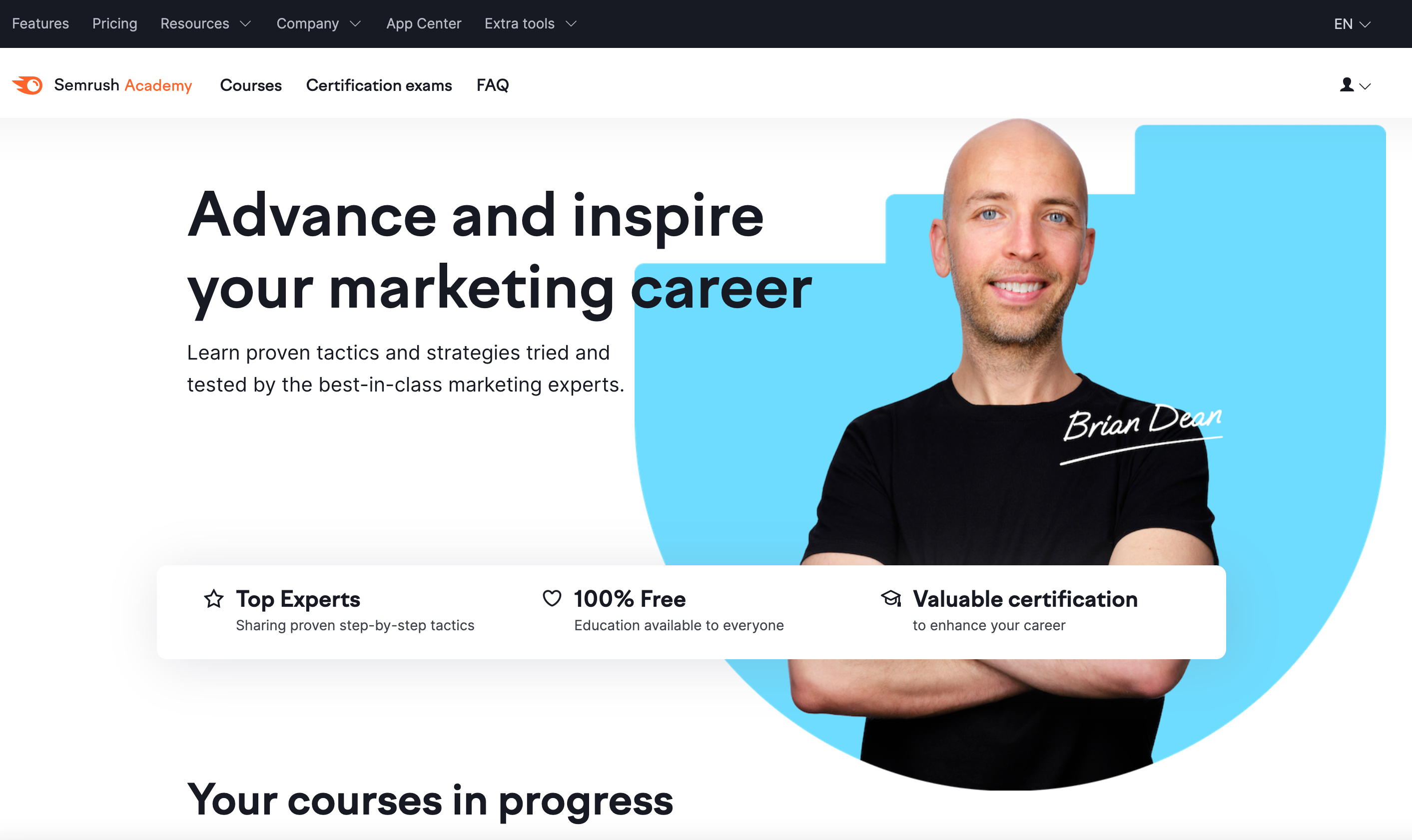A great product will sell itself… right?
God, I wish. I spent almost 10 years (and several failed startups) wanting that to be true.
As I reflect on those years, one interesting pattern was that any success we had was always a result of the same thing: a human connection. It didn’t matter what industry we were in or whether we used a sales-led or product-led approach, success was always based on those connections. The more meaningful connections we built, the better we did. Moreover, when we look at the stand-out companies today that are growing at incredible rates, they clearly understand this, and use it to guide every part of their business.
Let’s review product-led and sales-led growth. The problems with each, and the benefits of a human-led growth strategy.
What is Product-Led Growth?
Product-led growth means you put your product at the center of your customer acquisition and retention strategy. If you offer a free-trial or a free version of your product, you’re product-led.
Examples of product-led companies include HubSpot, Atlassian, Slack, and Zoom.
The Problem with Product-Led Growth
#1 It’s Table Stakes
In 2015, almost 75% of B2B buyers reported that they’d rather buy through an app or website than a salesperson. If all of your competitors are sales-led AND you’re targeting small businesses or end-users with an easy-to-use product, then being product-led can offer a significant advantage.
However, in 2022, that advantage no longer exists. SaaS is overcrowded and every B2B product category has several product-led companies. At this point, it’s table stakes for selling to small businesses.
Moz, a product-led company, found that a person visited their site an average of 7.5 times before signing up for a free trial! If having a quality product and being product-led were enough, that number would be much lower.
#2 Freemium almost never works
Some companies try to double-down on the product-led strategy by switching from free-trial to freemium as a way of differentiating from their product-led competitors. Unfortunately, freemium typically has a 2-5% conversion rate, so it sucks up a lot of your company’s time and money with little in return. Jason Lemkin, founder of SaaStr, calculated that you would need 50 million engaged users to build a business large enough to reach IPO scale with a freemium model. Unless you closed a massive funding round and are targeting a massive, extremely competitive market, don’t do freemium.
#3 You’ll still need a sales team
Every product-led growth company eventually hires a sales team, and that sales team often accounts for a majority of the sales.
Box has a freemium product, but it now only accounts for 0-1% of their sales. 90% is through a sales team.
Monday.com managed to get to $30-40m in ARR through self-service, but quickly rose to over $160m ARR after only a couple years with a formal sales team.
Look at any product-led company in Glassdoor and you’ll likely find sales job openings. Salespeople now represent about 30% of the employees at Slack and Dropbox, and about 45% of employees at Zoom and Datadog.
Larger deals require a human touch. If you want to close them, you’ll need a sales team. Even if you manage to close one without a sales team, you’re leaving money on the table.
#4 You still need to talk to customers
If your company reached product market fit, you already know this, so this is more of a reminder for companies that haven’t yet reached it.
The value of having conversations with potential customers can't be overstated. Even if you don’t want to call them ‘sales conversations’, you have to figure out how to engage your customers in meaningful conversation. These conversations will guide your product in the right direction, and help you describe it in a way that best resonates with your customers.
There is simply no substitute for talking to customers.
What is Sales-Led Growth?
Sales-led growth means that you put your sales team at the center of your customer acquisition and retention strategy. If a person needs to talk to a sales person before they use your product, you’re sales-led.
Examples of sales-led companies include Salesforce, Oracle, IBM, and Paychex.
Note: Salesforce and Paychex do currently offer free trials. I worked at Paychex when they were developing their self-service strategy, but these companies are still predominantly sales-led with a large number of sales development reps generating leads.
The Problem with Sales-Led Growth
#1 You only have 5 minutes, if you’re lucky
When B2B buyers are considering a purchase, they will only spend 5-6% of that time with any one sales rep. The majority of their time is spent researching independently online and meeting with their internal buying group. If companies aren’t equipped with the right tools to identify potential buyers on their website during this research phase, they are reliant on leads to reach out to them. The moment a lead reaches out, the clock is ticking. The odds of having a conversation with a lead are 100x greater when a contact attempt is within the first 5 minutes versus 30 minutes! As well, 35–50% of sales go to the vendor that responds first.
#2 Trust, Trust, Trust
For B2B, 87% of business buyers expect sales reps to act as trusted advisors, but only 61% say they generally trust sales reps. What makes this so challenging is that 57% of customers prefer to engage through digital channels where it can be more difficult to build trust than meeting the buyer face-to-face.
What is Human-Led Growth?
Human-led growth means you focus every aspect of your business on building a human connection in order to drive customer acquisition and retention.
Human connections build trust and trust drives sales.
Human-led growth is complimentary to both product-led and sales-led strategies, and helps overcome the issues with each.
To execute a human-led growth strategy, you need to evaluate every way that a customer interacts with your company, and determine how to make it feel more human. You want to remind customers that your company is made up of real people that want to help.
Examples of Human-Led Growth
When you send out emails, include an image of yourself in the signature. Even automated emails can be improved to drive human connection. Here is an example of an automated email from G2, that includes a name and image of the G2 employee along with images of people that you could imagine use the product.

G2 carries this through to their website with testimonials on their landing page that include a large image of the person along with their name and role. Images of real people has shown to increase conversion rates by more than 95%.

G2 also pushed human-connection with their product by encouraging users to provide video reviews on their site. This focus on human-connection likely helped G2 become a leader in their space, growing from 3.4m visitors/month to 5.6m in 2 years compared to their competitor Capterra which dropped from 3.3m visitors/month to 1.5m during that same period.
Semrush does a great job of building human connection through their content marketing. They have focused heavily on educational-video content. Speaking from personal experience, our company converted to paid after gaining value from their content and connecting with their instructors. Semrush is a leader in the SEO software space and this strategy is likely paying off. This trend of using video to connect with customers is gaining popularity with marketers saying that live streaming, short-form video, and long-form video are the top areas that they plan to increase their content investments.

With Hootsy, human-led growth drives not only our sales and marketing efforts, but our product strategy. We ask ourselves, “How can we help you build more meaningful customer connections at scale? How can we help you overcome the issues with product-led and sales-led strategies so your company can stand out and grow?”
This led us in some unique directions - one of them being Hootsy’s use of live video.
In the best case scenario, video grabs a customers attention and immediately drives them towards a sales conversation.
In other cases, you could have smaller companies who may not want to chat with a sales person or don't feel like it’s necessary at that moment, but would appreciate knowing someone is available to help if needed. Similarly, larger companies may be in the research phase of their buyer journey, and not interested in talking to a salesperson yet, but again would appreciate knowing there is a real human that they can chat with when needed.
Live video works well in those cases. You simply show people you're available to help with a message like 'John Doe is live now if you have any questions.' They can easily close the messenger without feeling like they have to respond; helping you build trust and increasing the chance that the customer will respond later if not now.
Benefits of Human-Led Growth for Product-Led Companies
Going back to the issues with product-led:
#1: Product-led is table stakes in the overcrowded world of B2B software. Few product-led companies focus enough on building human connections, which provides an opportunity for you to stand out from the competition.
#2: Freemium is a trap that many fall into when free trial isn’t enough. You don’t need it. Focus on building human connections to stand out.
#3 and #4: All product-led companies eventually hire a sales team. Even if you don’t hire them today, you still need to focus on generating as many meaningful customer conversations as possible to improve your product and reach product market fit. Tools like Hootsy can help you generate more of these conversations.
Benefits of Human-Led Growth for Sales-Led Companies
Going back to the issues with sales-led:
#1: Leads go cold fast! Don’t wait for them to reach out to you. Use tools like Hootsy to identify high-intent buyers and proactively engage them in a way that grabs their attention and builds their trust.
#2: Building trust is one of the greatest challenges that sales people face. Use video wherever and whenever possible to build trust quickly. If you can’t use video, include images of yourself in emails and anywhere else. Whatever it takes to show you’re a real human that wants to help.
Conclusion
Despite the market being overcrowded, 99% of people believe companies need to improve their trustworthiness and 66% feel like they are treated like a number. This presents the greatest opportunity we can find for a company to differentiate itself.
Focus on building human connections. Be transparent and show customers you’re a real human that wants to help.
Regardless of whether you’re product-led or sales-led, embrace being more human-led.

